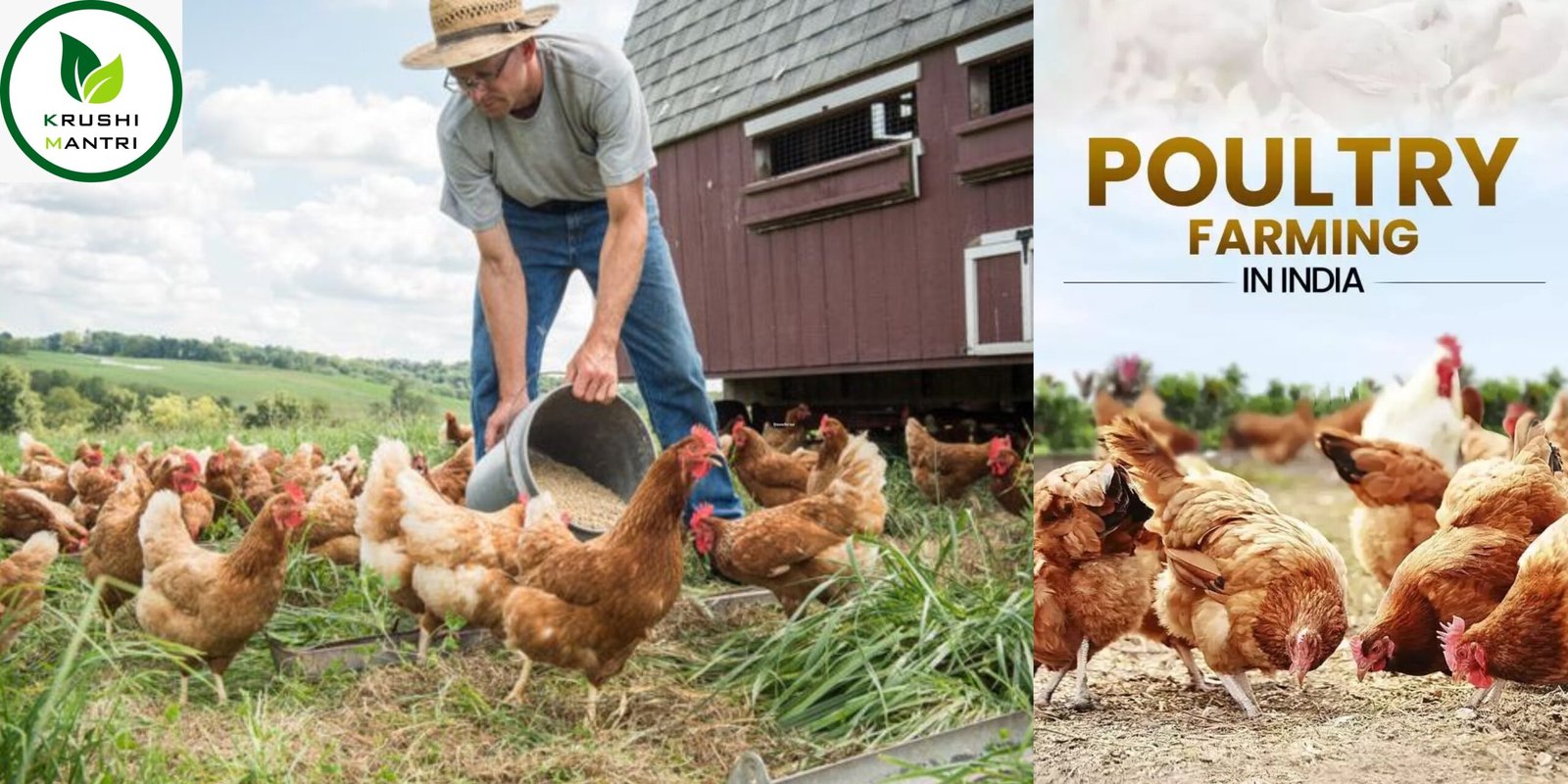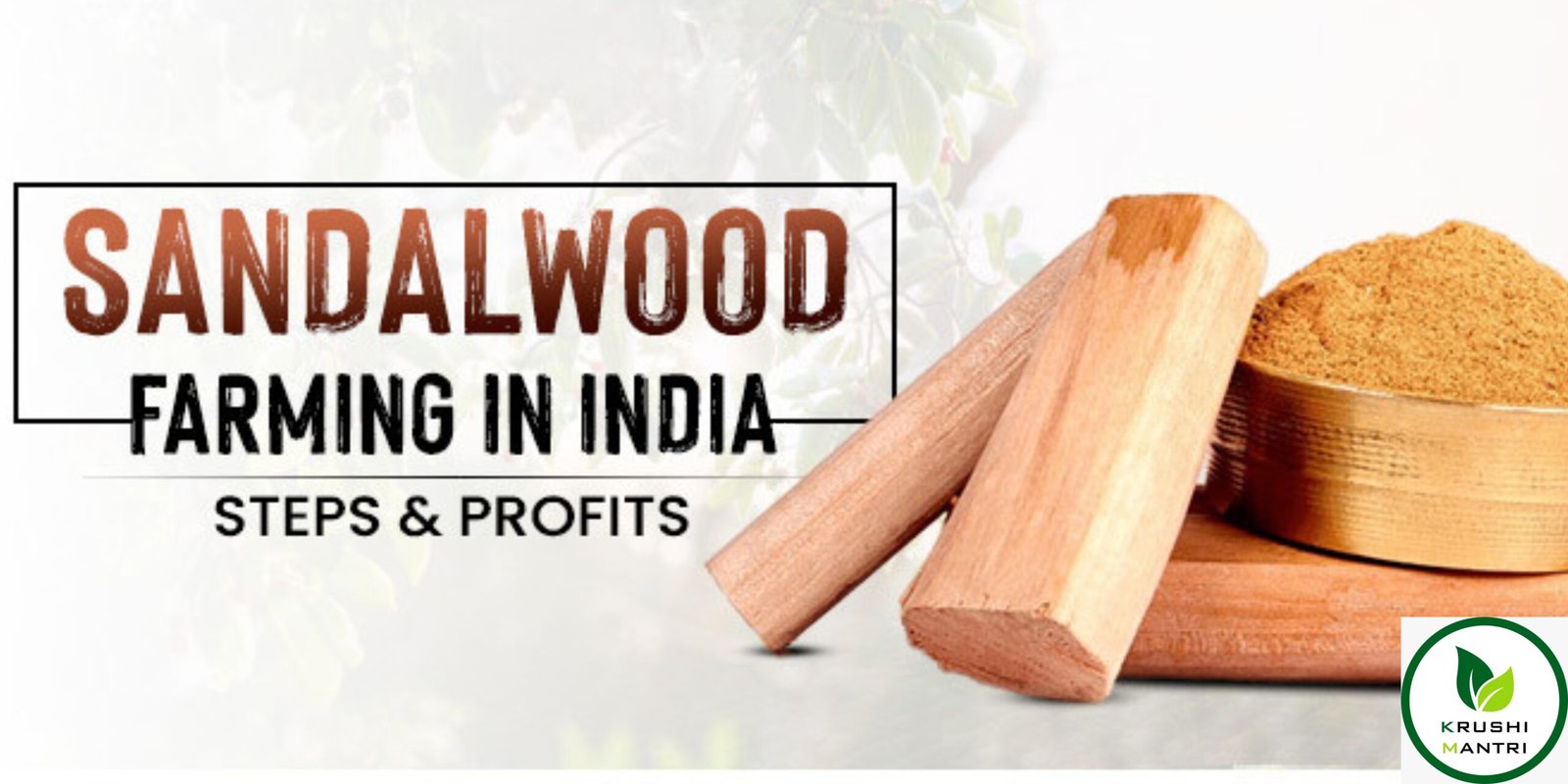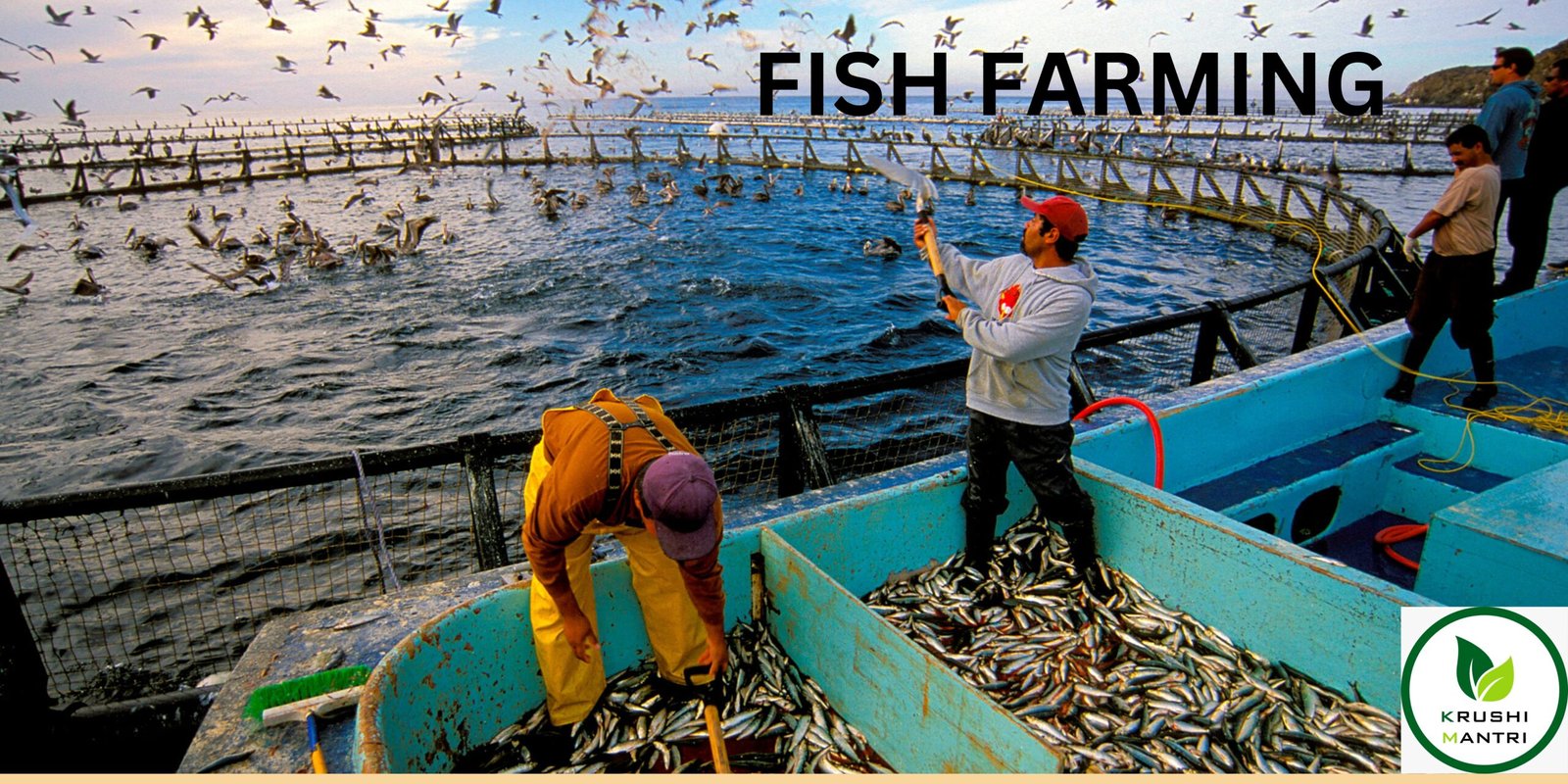Vaishnavi Vispute
A dedicated agronomist with a passion for sustainable farming, our author blends traditional wisdom with modern techniques to empower farmers. Through Krushimantri, we share practical insights, innovative ideas, and inspiration for a thriving agricultural future.
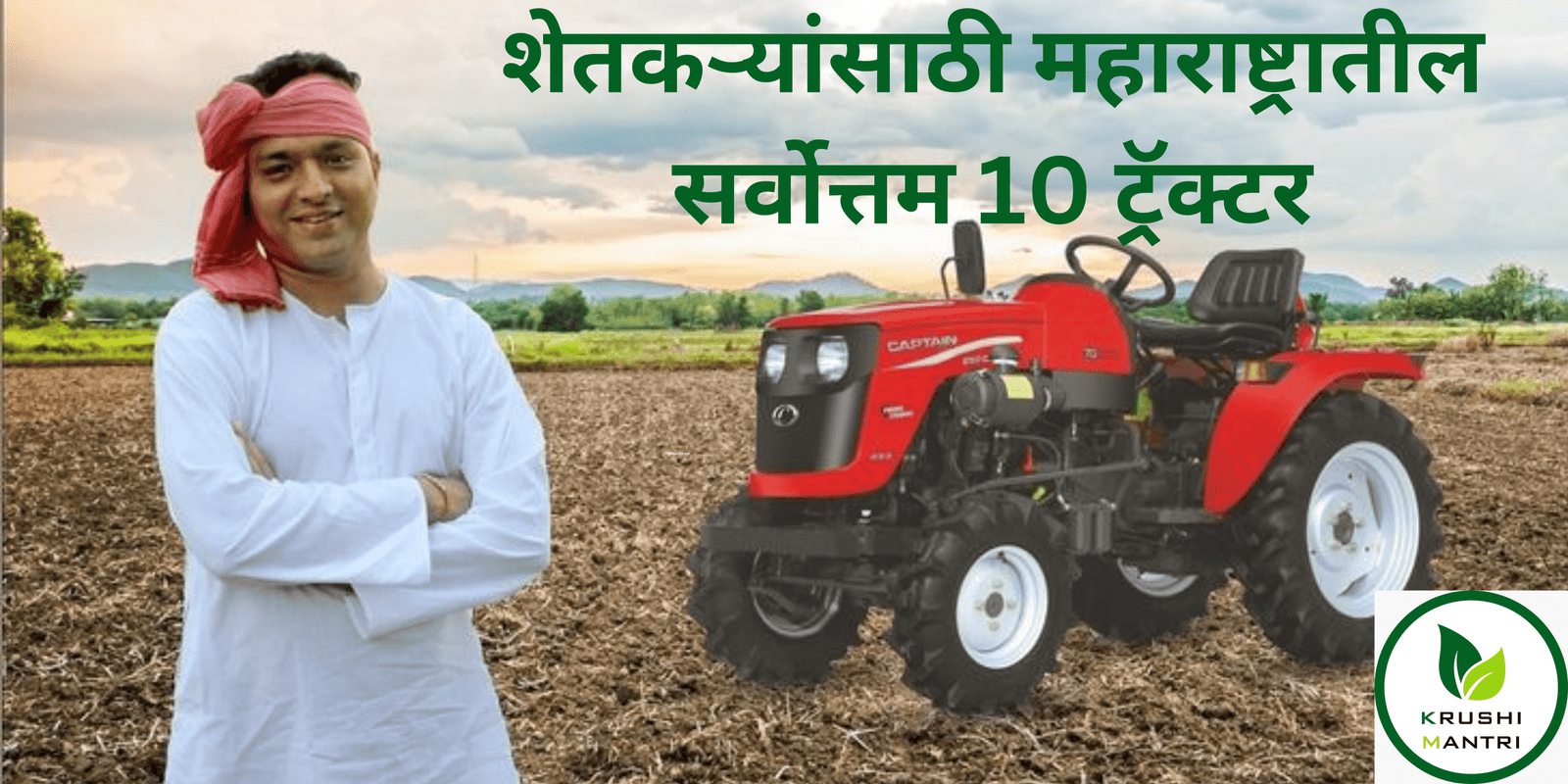
Top 10 Powerful Tractors in Maharashtra: Uncovering Their Importance, Advantages, and Drawbacks
Agriculture in Maharashtra is characterized by diverse crops like sugarcane, cotton, and soybean, requiring efficient machinery ...

7 Must-Have Winter Fruits in Maharashtra: A Comprehensive Guide to Cultivation, Challenges, and Care
Winter fruits in Maharashtra, with its diverse climate and fertile soil, is a key hub for ...
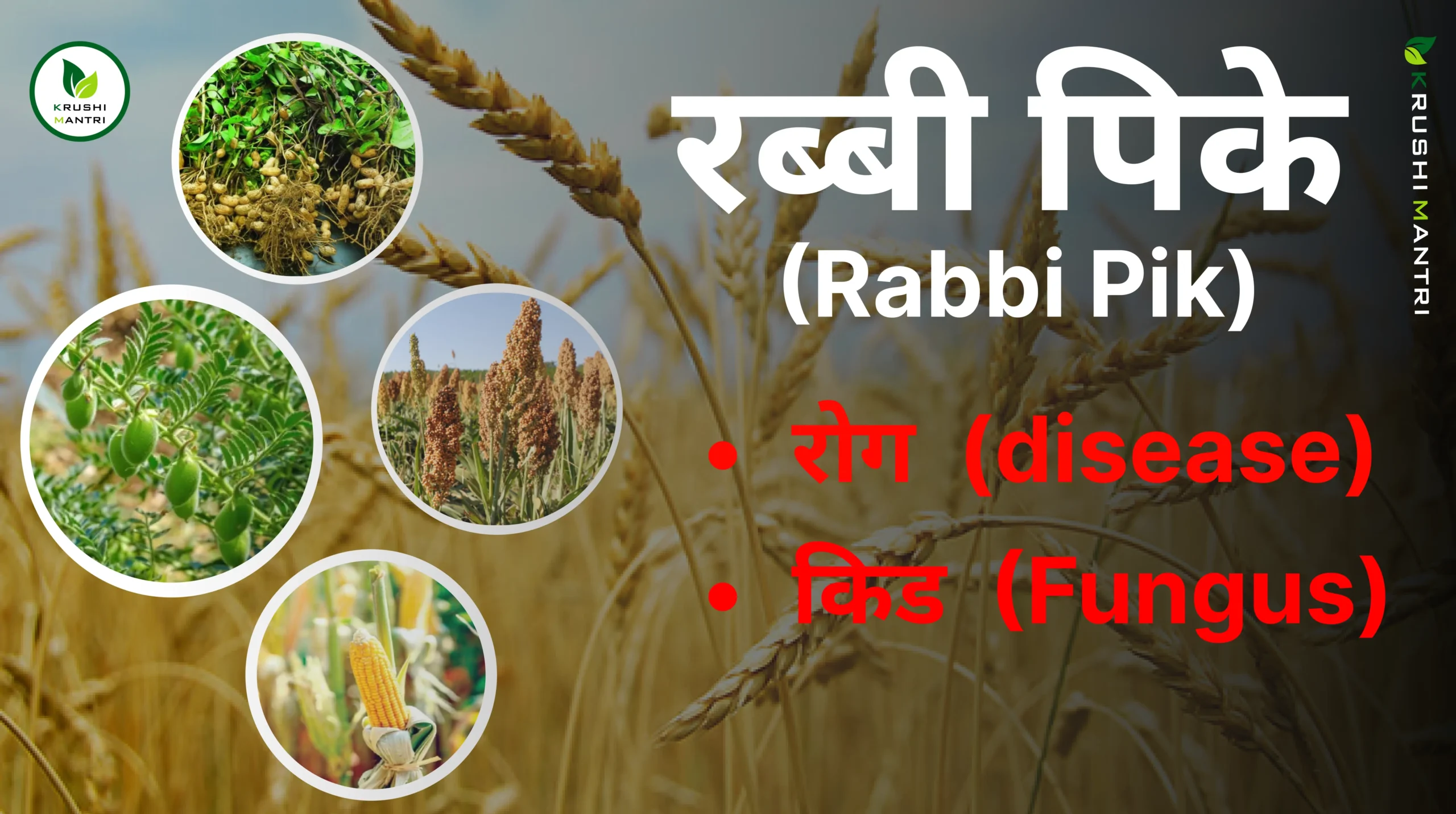
Rabbi Crops: Wheat, Corn, Groundnut, Chickpeas, and Jowar – Diseases, Precautions, and Fertilization Tips
Everything You Need to Know About Rabbi Crops Rabi crops are the backbone of winter agriculture, ...

GI-Tagged Agricultural Products of Maharashtra: 22 Treasure of Tradition and Taste
Maharashtra is not only known for its cultural diversity and historical landmarks but also for its ...



